The head of the Munich Transport and Tariff Association (MVV), Bernd Rosenbusch issued a warning to Berlin’s Social Democrats (SPD) against introducing the €365 annual ticket for local public transport, reported the Tagesspiegel.
Last July, Berlin mayor Michael Müller said he was “inspired' by the city of Vienna, which has offered a €365 annual ticket since 2012, saying the German capital should follow in its footsteps.
The move would drastically reduce the cost of the annual ticket for the S-Bahn, U-Bahn, bus and tram system. The cheapest yearly ticket for the AB tariff zone currently costs €728.
READ ALSO:
- Berlin considers annual transport ticket of €1 per day
- 'Install AC and reduce ticket costs': How Berlin should improve its public transport
But Rosenbusch said the ticket had failed to bring new customers to Vienna.
He said what really attracted more users to public transport had been the expansion of the transport infrastructure and the increase in parking fees.
“The Viennese could have gone without it, it just costs a lot of money,” he said.
The idea of a €1 per day ticket for all was recently buried in Bavaria. Instead, the southern state limited themselves to the introduction of a €365 ticket for pupils and trainees.
Huge cost for cheap annual ticket
At its annual meeting in Nuremberg on Saturday, Müller urged the SPD parliamentary group to support the drive “to make local public transport more attractive” for social and climate protection reasons.
According to internal sums by the Senate, it would cost €160 million per year as a subsidy to the Berlin transport authority (BVG) to introduce the cheaper ticket. Berlin mayor Müller recently said he would raise federal funds for a pilot project.
On January 10th, Müller wrote a letter to Transport Minister Andreas Scheuer, of the CSU, asking for support. The government had previously announced that it intended to support several cities in pilot projects for the introduction of a €1 per day public transport ticket. Leipzig has also applied for this.
However, Rosenbusch advised Berlin to avoid it.
“Why not increase parking fees first and invest in the quality of public transport?” he said in his speech to the SPD on Saturday.
Tilman Bracher, of the German Institute of Urban Affairs, also expressed his reservations. He said a €365 ticket only works if there is additional money coming in, such as with higher parking fees or a city toll.
Discounts for Berlin tickets
Berlin has introduced a raft of discounted tickets so far.
There's already a €365 ticket for apprentices, while school pupils travel free of charge. The 'social ticket' for people receiving unemployment benefits costs €27.50 per month.
READ ALSO: Berlin makes public transport free for all schoolchildren
There's also a Job Ticket that's being supported the state. If an employer subsidizes an annual ticket for employees with €15 per month, the BVG pays an addition €8. The AB-Ticket then only costs €452. So far, the BVG has signed contracts for a Job Ticket with 250 Berlin companies.
Some tickets for the Berlin Transport system went up in price at the start of the year. For example, a day ticket for the AB zone used to be €7 but now costs €8.60.
Vocabulary
Local transport – (der) Nahverkehr
Transport infrastructure – (die) Verkehrsinfrastruktur
Parking fees – (die) Parkgebühren
Affordable – bezahlbar
We're aiming to help our readers improve their German by translating vocabulary from some of our news stories. Did you find this article useful? Let us know.

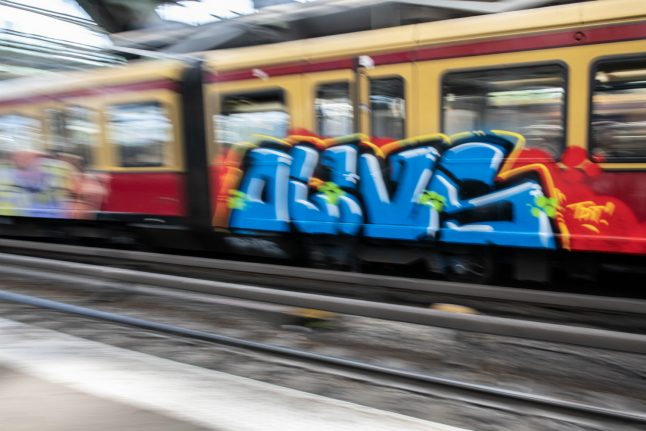
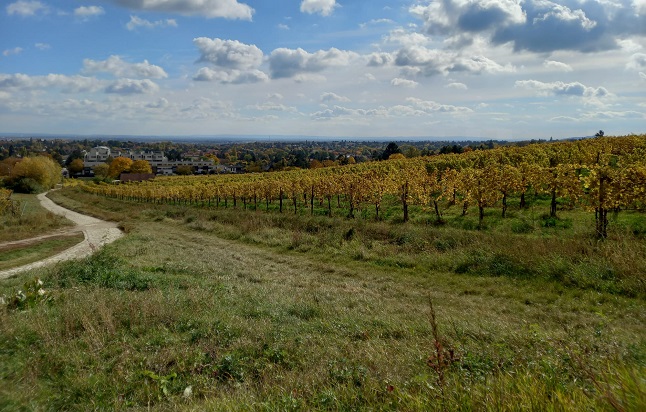
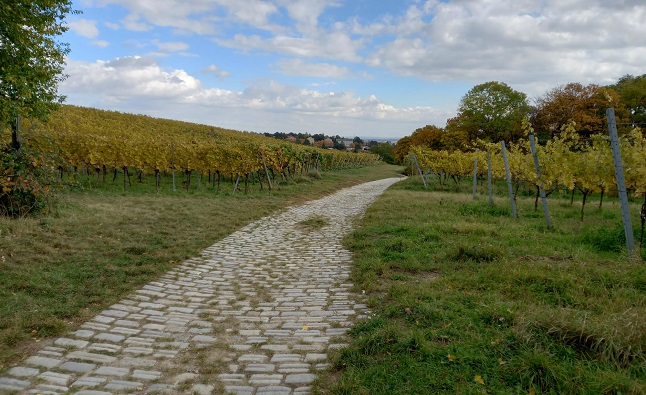
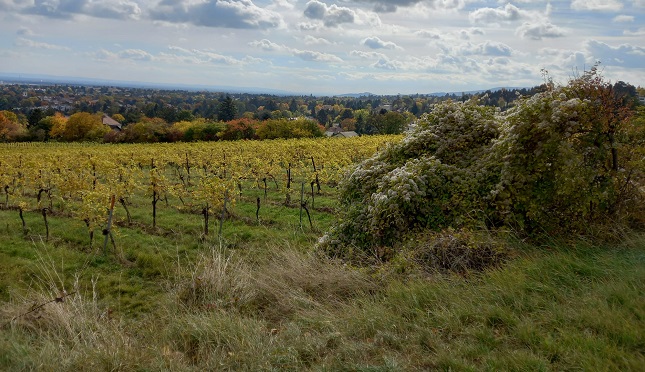
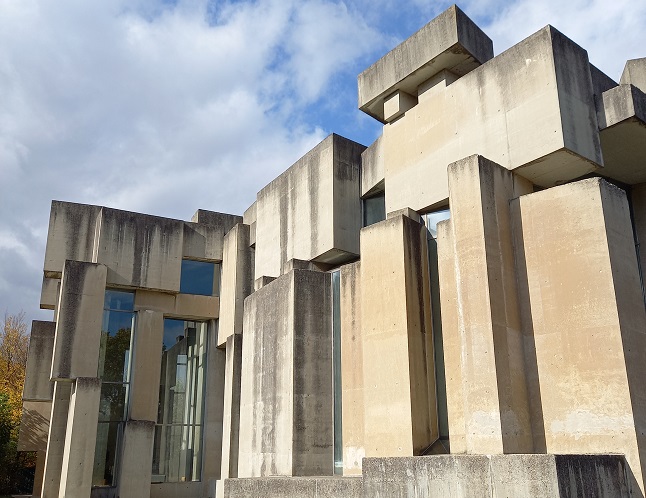
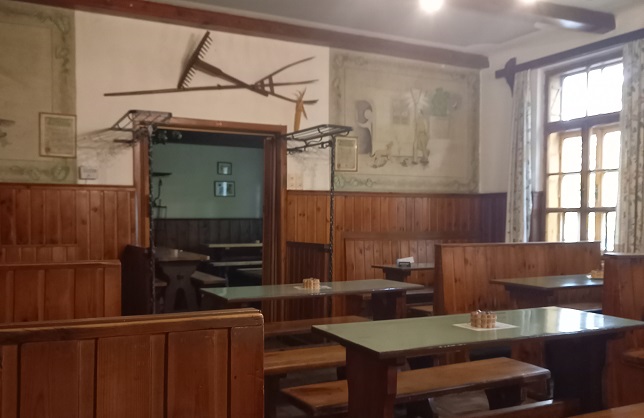
 Please whitelist us to continue reading.
Please whitelist us to continue reading.
Member comments